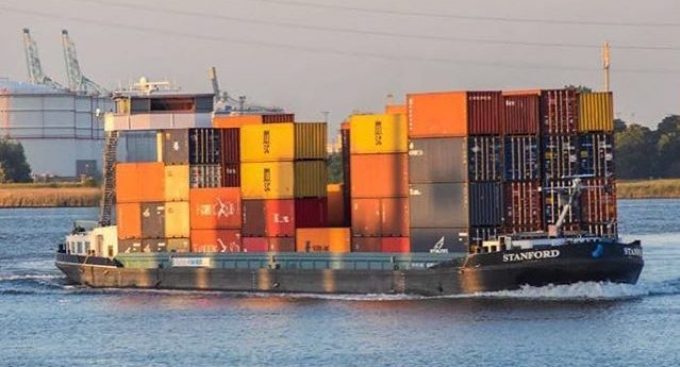India-Africa: Capacity revamp as demand brings rate gains for carriers
India-Africa trade is seeing a reconfiguration of capacity deployment due to the shipping alliance changes ...

Container lines are shaking up Europe’s waterways as they bypass barge operators to operate their own inland routes to service their demand for empties.
One source told The Loadstar two of the big five container lines, with unconfirmed rumours suggesting 2M partners Maersk and MSC, had ...

Comment on this article